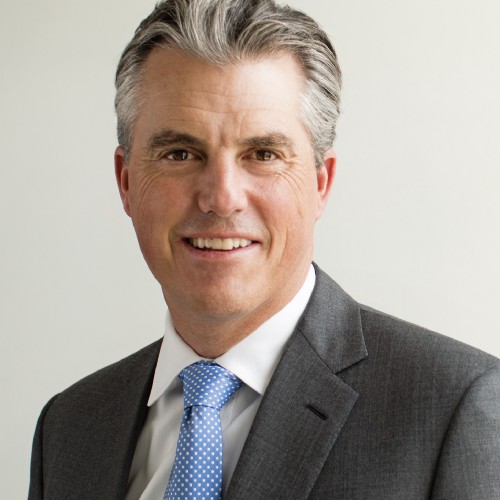The misconception of many companies, big and small, is that the highest ranking leader defines thought leadership. And for some leaders and their workforce, they may either believe the hype or feel pressured to fulfill that expectation. But to drive true thought leadership, it’s important not to prop up a single individual; that’s the easy route, but not often the most effective (or sustainable in a growing or complex business). The most effective form of thought leadership is finding a way to bring the ideas and thinking of the entire organization together.
You need to find ways to enable entire groups of people to promote their ideas organically via platforms easily digestible by the outside world. The goal is to package that in such a way that everyone outside of your company can learn more about the great ideas that you have inside the company.
It’s risky to organize thought leadership around a few individuals in an organization and put them on a pedestal. It absolutely has to be about more than one person. If instead you promote the idea of thought leadership as a communal and open-ended tool, it can spread throughout your organization and that’s what you really want.
One of the biggest challenges I see when it comes to thought leadership? Self-belief. Most people assume they are not thought leaders. This might change with the millennial generation, but people generally assume thought leadership is coming from somewhere else — usually from the CEO or the senior leadership team. And we actually perpetrate that feeling when we put our leaders on stages and in magazines with no support for those types of opportunities throughout the organization. If everyone believes that they are a thought leader in some way shape or form — no matter what their role or their job is — they can start to contribute to that collaborative movement and do incredible things.
At Bluewolf, we use gamification approaches like our PRIME program, specifically designed to encourage people to share their ideas, to blog and to publish on our website or social media–and in turn, be recognized and rewarded for their adoption and engagement. PRIME is not designed to be my own platform as a CEO — that is designed to be Bluewolf’s platform. Encourage your employees to not just contribute their knowledge to existing programs, but to bring their own ideas to the job to make it better. Passion and enthusiasm are contagious and when you can get the whole organization creating together and promoting ideas together, that’s when you have the best content for your customers, your partners, your prospects and for the broader society.
When I started Bluewolf 16 years ago, no one considered me to be a thought leader. But you don’t have to invent something or have a patent in order to be a thought leader. Thought leadership is not about pontificating and beating your own chest — instead it starts from a belief that you have observed something that other people may not have seen that could help them move ahead.
However, the trap with thought leadership is that people think they have to predict the future. And while there will always be a place for that because we do need that sort of innovative thinking, thought leadership is also about clearly explaining the present.
Thought leadership is not just about what’s coming next, it is about saying “here’s what you can do now and here’s how organizations are taking advantage of the present.” Because that is every organization’s only reality.
Originally published at medium.com

